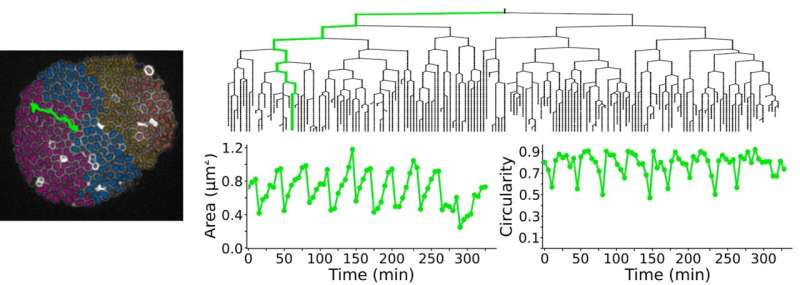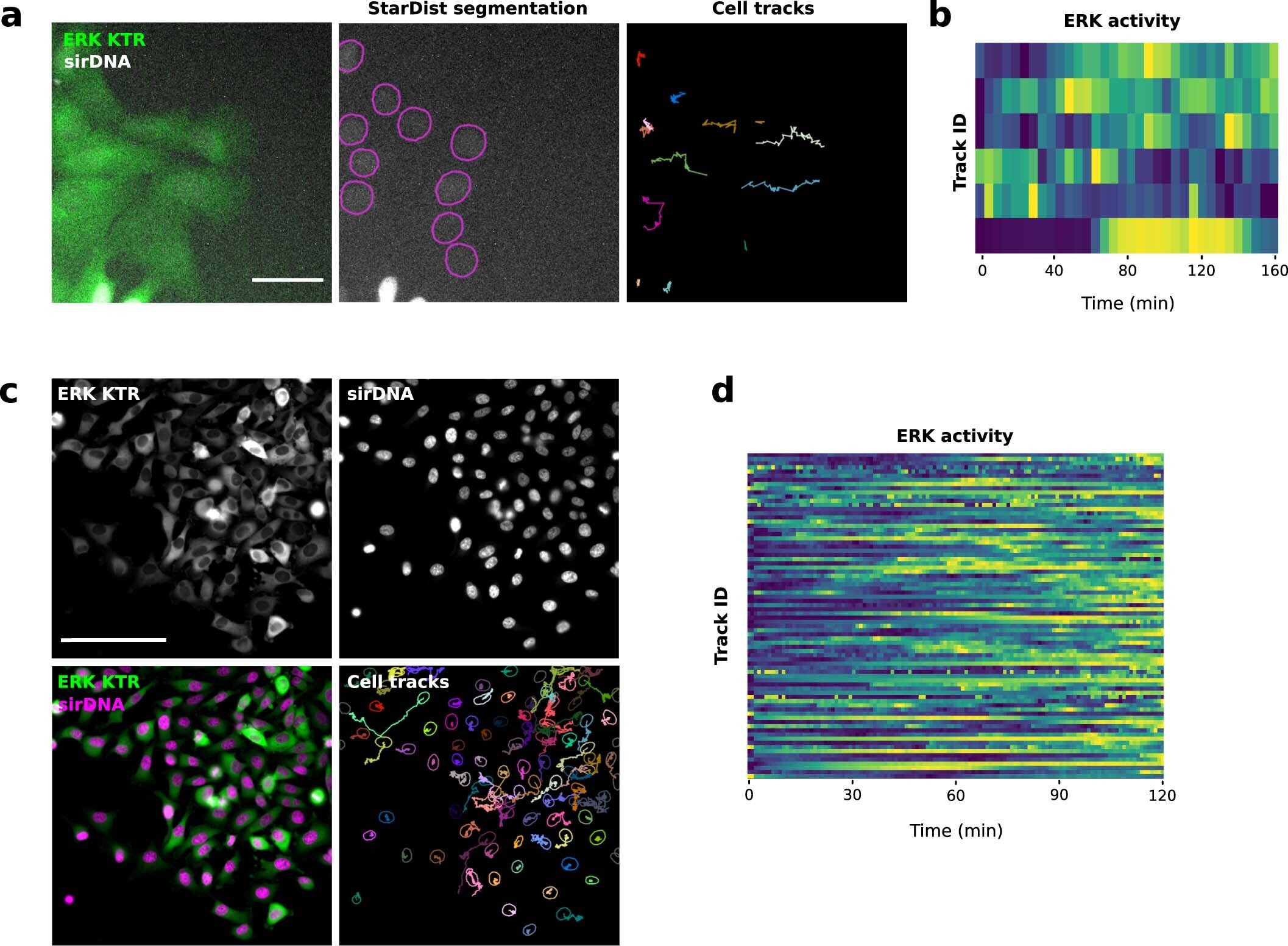New AI solutions help scientists track objects in images; will aid discoveries in life sciences
Object tracking—following objects over time—is an essential image analysis technique used to quantify dynamic processes in biosciences. A new application called TrackMate v7 enables scientists to track objects in images easily. TrackMate is a free, open-source tool available as part of the Fiji image analysis platform.
“TrackMate allows scientists to tackle complex tracking problems more efficiently, accelerating discoveries in life sciences across fields,” says Guillaume Jacquemet, Academy Research Fellow at Åbo Akademi University and one of the researchers involved in TrackMate development.
In life sciences, tracking is used, for instance, to follow the movement of molecules, subcellular organelles, bacteria, cells, and whole animals. However, due to the sheer diversity of images used in research, no single application can address every tracking challenge.

TrackMate v7 offers automated and semi-automated tracking algorithms and advanced visualization and analysis tools. To analyze a wide variety of images, the application relies on artificial intelligence solutions and other advanced segmentation algorithms to detect objects from images.
“This new feature widely increases the breadth of TrackMate applications and capabilities. For instance, we show that TrackMate v7 can be used to follow moving cancer cells, immune cells, or stem cells. It can also be used to follow bacteria growth,” says Jacquemet.
“We are currently using the software in the Jacquemet laboratory to study the mechanisms enabling cancer metastasis. We can now produce better and more informative data much faster than ever before,” he adds.
The development of TrackMate v7 was coordinated by the Jacquemet (Åbo Akademi University, Turku, Finland) and Tinevez laboratories (Pasteur Institute, Paris, France). Their research is published in Nature Methods.
An easy-to-use platform is a gateway to AI in microscopy
Dmitry Ershov et al, TrackMate 7: integrating state-of-the-art segmentation algorithms into tracking pipelines, Nature Methods (2022). DOI: 10.1038/s41592-022-01507-1
Provided by
Abo Akademi University
Citation:
New AI solutions help scientists track objects in images; will aid discoveries in life sciences (2022, June 2)
retrieved 2 June 2022
from https://techxplore.com/news/2022-06-ai-solutions-scientists-track-images.html
This document is subject to copyright. Apart from any fair dealing for the purpose of private study or research, no
part may be reproduced without the written permission. The content is provided for information purposes only.
For all the latest Technology News Click Here
For the latest news and updates, follow us on Google News.

